Table of Contents
- Introduction
- Causes of Right Side Headache and Neck Pain
- Common Symptoms
- Preventive Measures
- Non-Medical Treatment Options
- Medical Treatments
- When to Seek Medical Help
Introduction
Right side headache and neck pain can be debilitating conditions that significantly affect an individual's daily life. Understanding the causes, symptoms, and available treatment options can help in managing and finding relief from these discomforts.
Causes of Right Side Headache and Neck Pain
Explore the various factors that contribute to right side headache and neck pain. This section provides an in-depth look into the potential causes, including muscle tension, poor posture, stress, and medical conditions such as migraines or cervical spondylosis.
Right side headache and neck pain can have various causes. Here are some possible reasons:
- Muscle tension: One of the common causes is muscle tension in the neck and upper back. This can be a result of poor posture, prolonged sitting or stress. Tense muscles can lead to headache and neck pain on the right side.
- Cervical spondylosis: This is a condition that occurs due to the wear and tear of the cervical spine, causing degeneration of the spinal discs and joints. It can lead to right-sided headache and neck pain.
- Whiplash injury: A sudden jerking movement of the head, often caused by a car accident, can result in whiplash. This injury can cause right-sided headache and neck pain due to damage to the neck muscles, ligaments, and nerves.
- Migraine: Migraine headaches can often present with pain on one side of the head, accompanied by neck pain. These headaches can be triggered by various factors like stress, hormonal changes, or certain foods.
- Cervicogenic headache: This type of headache originates from issues in the neck. It can cause pain on one side of the head and the neck. Conditions like neck osteoarthritis or a herniated disc can lead to cervicogenic headaches.
It is important to consult a healthcare professional if you are experiencing right side headache and neck pain, as they can evaluate your specific situation and provide appropriate diagnosis and treatment options.
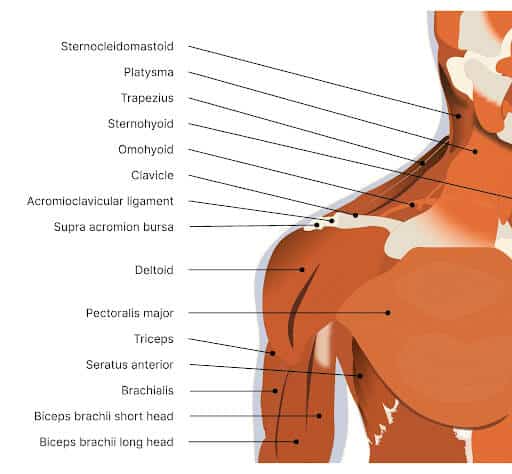
Common Symptoms
Learn about the typical symptoms associated with right side headache and neck pain, including throbbing head pain, stiff neck, limited range of motion, and sensitivity to light or sound. Identifying these symptoms can aid in early diagnosis and prompt treatment.
Headache Symptoms:
- Sharp or throbbing pain on the right side of the head
- Pain may radiate from the neck to the head
- Sensitivity to light or sound
- Nausea or vomiting
- Blurred vision or changes in vision
- Difficulty concentrating
Neck Pain Symptoms:
- Pain or discomfort on the right side of the neck
- Stiffness or reduced range of motion
- Pain may worsen with movement or certain positions
- Tenderness or swelling in the affected area
- Numbness or tingling sensation in the neck or surrounding areas
- Headaches originating from the neck
If you experience any of these symptoms on the right side of your head and neck, it is advisable to consult a healthcare professional for proper diagnosis and treatment. They will be able to determine the underlying cause of your symptoms and recommend appropriate treatment options.
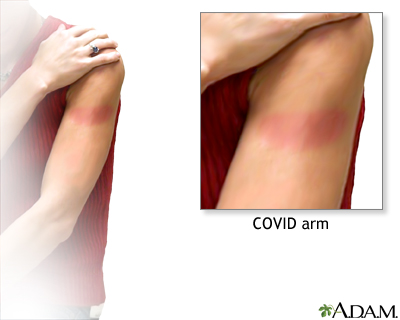
Preventive Measures
Discover effective preventive measures to minimize the occurrence of right side headache and neck pain. This section discusses lifestyle changes, stress management techniques, ergonomic adjustments, and exercises that can help reduce the frequency and intensity of these discomforts.
1. Maintain Good Posture
Ensure that you maintain a proper posture while sitting, standing, or using electronic devices. Keep your spine aligned and avoid slouching, as it can contribute to neck pain and headaches.
2. Take Regular Breaks
If you have a desk job or spend a significant amount of time in front of a computer, make sure to take regular breaks. Get up, stretch your neck and shoulders, and walk around to alleviate any tension or stiffness.
3. Adjust Your Workspace
Evaluate your workspace ergonomics and make necessary adjustments. Ensure that your chair, desk, and computer monitor are properly positioned to avoid straining your neck and causing headaches.
4. Practice Stress Management
Stress can contribute to muscle tension, leading to headaches and neck pain. Incorporate stress management techniques such as deep breathing exercises, meditation, or yoga to help relax your mind and body.
5. Use Proper Pillows
Ensure that you have a comfortable pillow that provides adequate support for your neck while sleeping. It should maintain the natural curvature of your spine and prevent unnecessary strain on your neck muscles.
6. Stay Hydrated
Dehydration can exacerbate headaches and muscle tension. Drink enough water throughout the day to stay properly hydrated and prevent these symptoms from occurring.
7. Engage in Regular Physical Activity
Regular exercise helps improve blood circulation, releases endorphins, and promotes muscle relaxation. Incorporate activities like walking, swimming, or stretching into your routine to prevent headaches and neck pain.
8. Avoid Prolonged Smartphone Usage
Excessive usage of smartphones or other electronic devices can strain your neck muscles and contribute to headaches. Limit your screen time, take frequent breaks, and hold your phone at eye level to avoid unnecessary strain on your neck.
9. Maintain a Balanced Diet
A balanced diet rich in nutrients can help reduce the occurrence of headaches and neck pain. Incorporate foods that are known to reduce inflammation and promote overall health, such as fruits, vegetables, whole grains, and lean proteins.
10. Seek Professional Help
If your headaches and neck pain persist or worsen despite preventive measures, it is essential to seek professional help. Consult a healthcare professional or a chiropractor who can provide proper diagnosis and suggest appropriate treatment options.

Non-Medical Treatment Options
Uncover a range of non-medical treatment options that can provide relief from right side headache and neck pain. This section includes natural remedies, relaxation techniques, massage therapy, and acupuncture. Explore these alternatives and find the approach that works best for you.
Right-side headache and neck pain can be distressing, but there are several non-medical treatment options that can help alleviate discomfort and promote relaxation. These natural approaches can complement medical treatments or be utilized independently for mild cases.
1. Heat or Cold Therapy
Applying heat or cold packs to the affected area can help reduce inflammation and relieve muscle tension. For heat therapy, you can use a heating pad, warm towel, or take a warm bath. Cold therapy involves applying ice packs wrapped in a cloth to the affected area for short durations.
2. Relaxation Techniques
Stress and tension often contribute to right-side headache and neck pain. Practicing relaxation techniques such as deep breathing exercises, meditation, or yoga can help relax muscles, reduce stress, and alleviate pain.
3. Gentle Neck Stretches and Exercises
Mild stretching and strengthening exercises targeted towards the neck and upper back muscles can improve flexibility and relieve tension. Consult with a physical therapist or exercise specialist for specific exercises suitable for your condition.
4. Posture Correction
Poor posture can contribute to headaches and neck pain. Maintaining a proper posture while sitting, standing, and using electronic devices can reduce strain on the neck and upper back. Ensure that your work environment is ergonomically designed and make necessary adjustments to your posture.
5. Massage Therapy
Regular massages can help relax tense muscles, improve blood circulation, and alleviate right-side headache and neck pain. Seek professional massage therapists experienced in treating these specific conditions for optimal results.
While non-medical treatments can be effective for mild cases, it is essential to consult with a healthcare professional if the symptoms persist or worsen. They can provide appropriate guidance and determine the underlying cause of the pain.
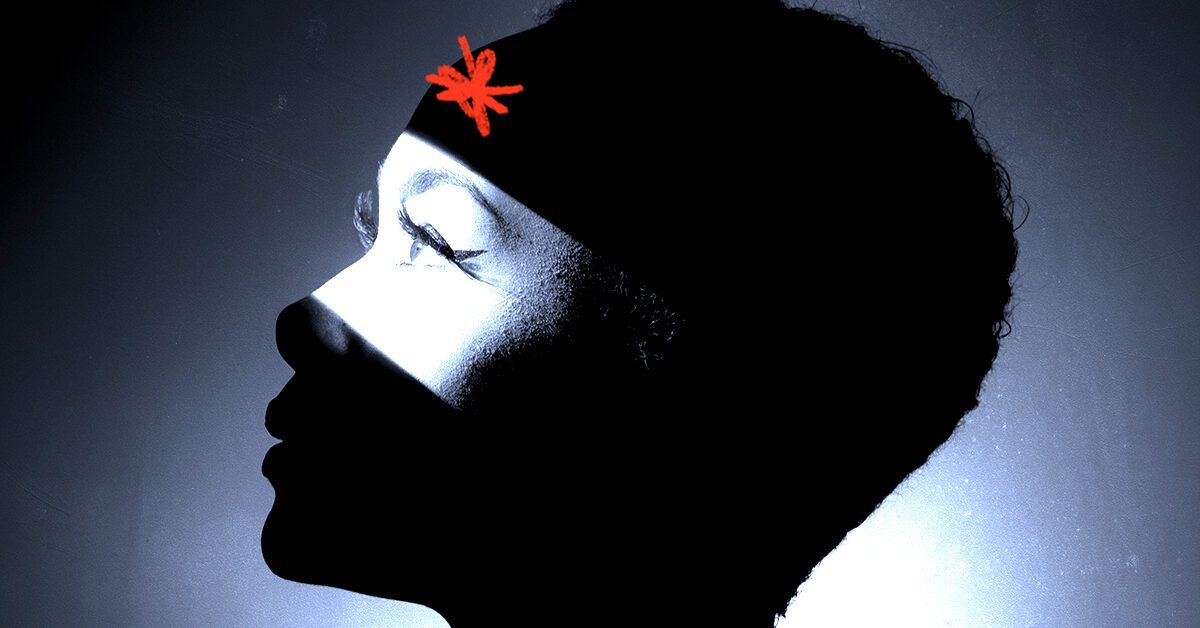
Medical Treatments
Learn about the medical treatment options available for right side headache and neck pain. From over-the-counter pain relievers to prescribed medications, this section discusses various pharmacological interventions, along with their benefits, potential side effects, and usage guidelines.
Headaches and neck pain can be distressing, but there are several medical treatments available that can help alleviate the discomfort. If you experience right side headache and neck pain, here are a few treatments to consider:
1. Over-the-counter pain relievers:
You can start by taking over-the-counter pain relievers such as ibuprofen or acetaminophen to relieve the headache and neck pain. These medications can help reduce inflammation and provide temporary relief.
2. Muscle relaxants:
If the pain is due to muscle tension or spasms, your doctor may prescribe muscle relaxants. These medications can help relax the muscles in your neck and provide relief from the associated pain.
3. Physical therapy:
Physical therapy sessions that focus on neck exercises, stretching, and posture correction can help relieve right side headache and neck pain. A physical therapist can design a personalized treatment plan to target the specific causes of your pain.
4. Massage therapy:
Massage therapy can be beneficial in reducing muscle tension and improving blood circulation. A professional massage therapist can target the affected areas to relieve right side headache and neck pain.
5. Heat and cold therapy:
Applying a hot or cold compress to the affected area can help reduce inflammation and alleviate pain. Alternate between hot and cold therapy for maximum benefit.
6. Prescription medications:
If over-the-counter pain relievers are not effective, your doctor may prescribe stronger pain medications or migraine-specific medications to help manage right side headache and neck pain.
Remember, it's important to consult with a healthcare professional before starting any medical treatment for your symptoms. They can accurately diagnose the underlying cause and recommend the most appropriate course of action for your specific condition.
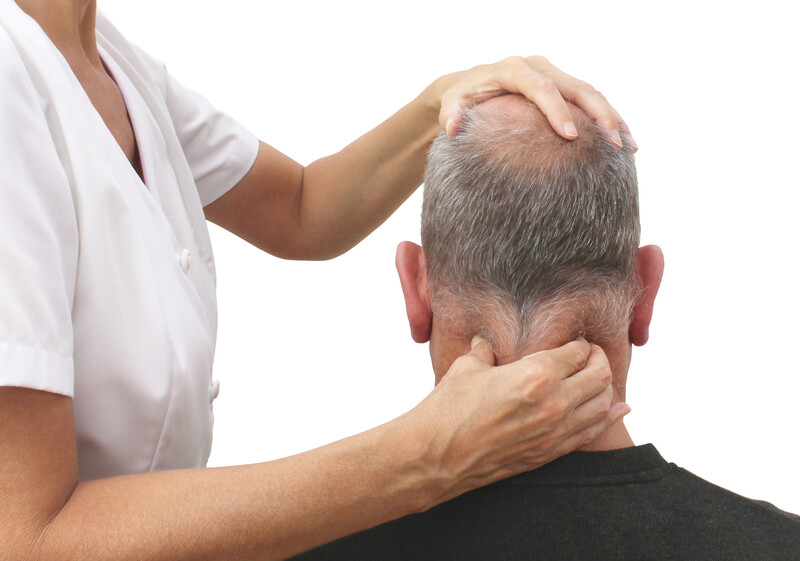
When to Seek Medical Help
Discover the red flags that indicate the need for immediate medical attention for right side headache and neck pain. Understanding the warning signs can help you differentiate between a common discomfort and a more serious condition that requires prompt intervention.
Experiencing a headache on the right side accompanied by neck pain can be concerning. While most headaches are not a cause for alarm, there are certain situations when it is crucial to seek medical help. Here are some signs indicating the need for medical attention:
- Severe pain: If the right side headache and neck pain are unbearable and interfere with your daily activities, it is advisable to consult a medical professional. Severe pain could indicate a more serious underlying condition.
- Sudden onset: If the headache and neck pain appear suddenly without any prior history, it might be necessary to seek medical help. This sudden onset can be a symptom of an underlying medical condition that requires prompt evaluation.
- Changes in vision: If you experience sudden changes in your vision, such as blurry vision, double vision, or difficulty focusing, along with the right side headache and neck pain, it could indicate a serious problem and prompt medical attention is essential.
- Fever and stiffness: If you have a fever along with neck stiffness, in addition to the headache on the right side, it might be a sign of meningitis. Meningitis is a serious infection that requires immediate medical intervention.
- Worsening symptoms: If your right side headache and neck pain progressively worsen over time, or if you experience additional symptoms like numbness, weakness, or difficulty speaking, it is crucial to seek medical help as it could indicate a neurological issue that needs attention.
Remember, it is always better to err on the side of caution when it comes to your health. If you are uncertain or concerned about your right side headache and neck pain, consulting a healthcare professional will help determine the appropriate course of action.
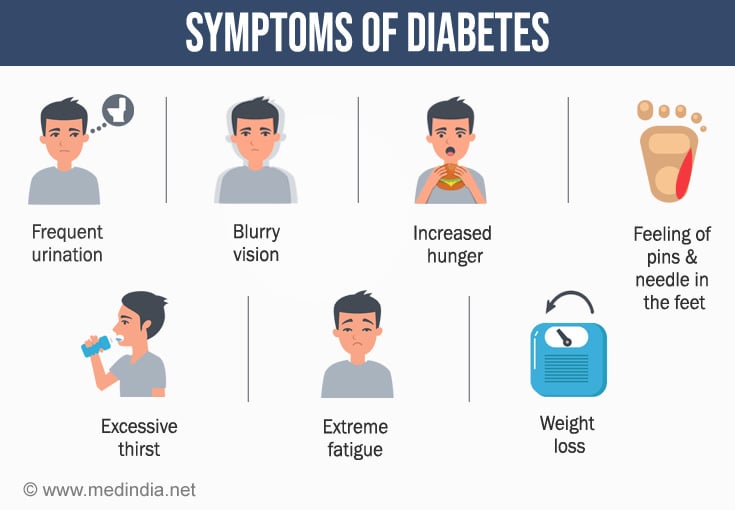
Key Takeaways
- Right side headache and neck pain can result from various causes, including muscle tension and underlying medical conditions.
- Common symptoms include head pain, neck stiffness, limited range of motion, and sensitivity to light or sound.
- Preventive measures involve lifestyle changes, stress management, ergonomic adjustments, and specific exercises.
- Non-medical treatment options include natural remedies, relaxation techniques, massage therapy, and acupuncture.
- Medical treatments range from over-the-counter pain relievers to prescribed medications.
- Knowing the warning signs for seeking immediate medical help is crucial to avoid complications.
Frequently Asked Questions (FAQ)
Q: Are right side headache and neck pain always linked?
A: While they can be related, it is possible to experience one without the other. It is best to consult a healthcare professional to determine the exact cause of your symptoms.
Q: Can stress contribute to right side headache and neck pain?
A: Yes, stress is a common trigger for tension headaches, which can cause pain in the head and neck area. Employing stress management techniques may help alleviate these discomforts.
Q: How long do right side headache and neck pain episodes typically last?
A: The duration can vary from person to person and depend on the underlying cause. Some episodes may last a few hours, while others can persist for several days. Seek medical advice for personalized guidance.



Recent Comments